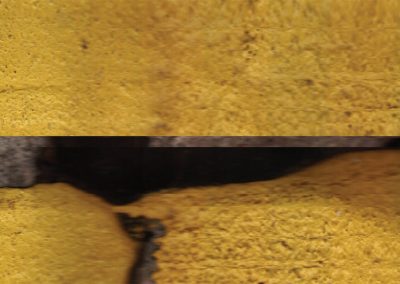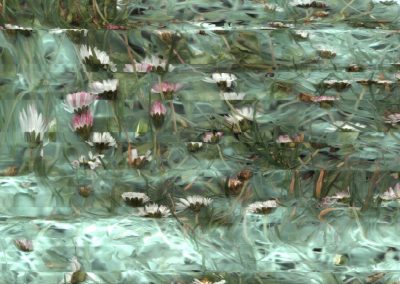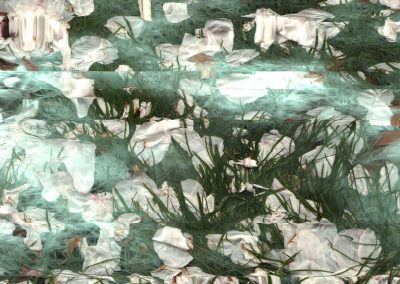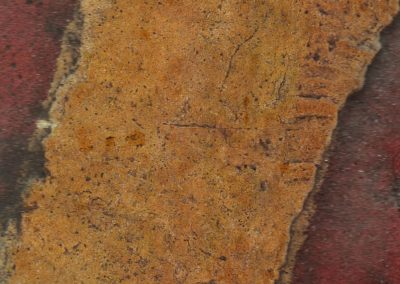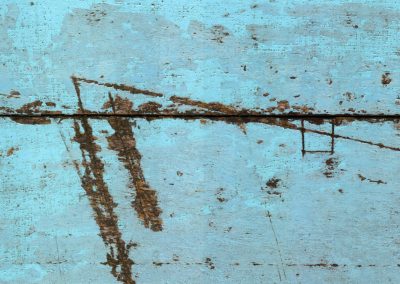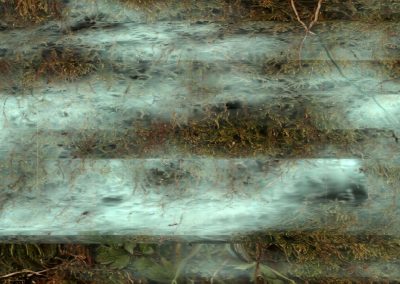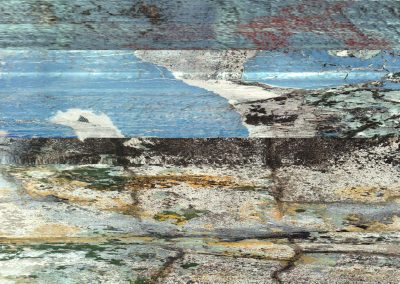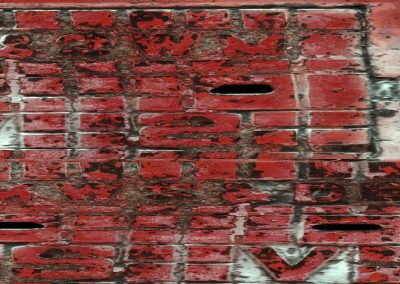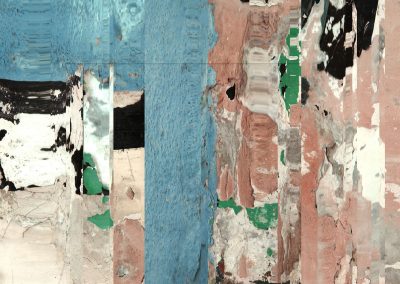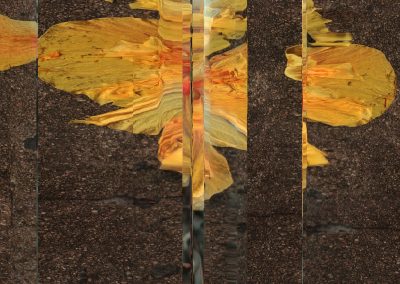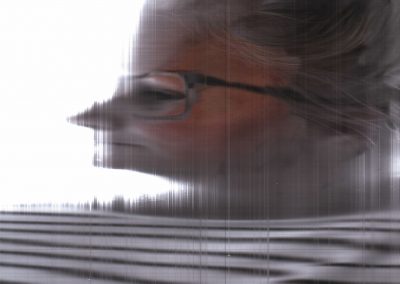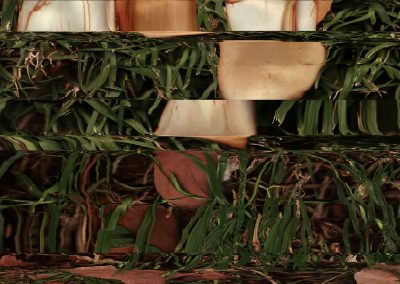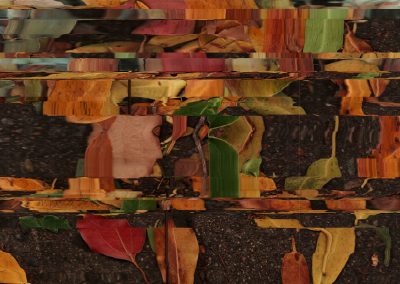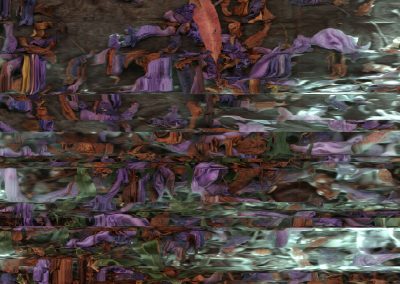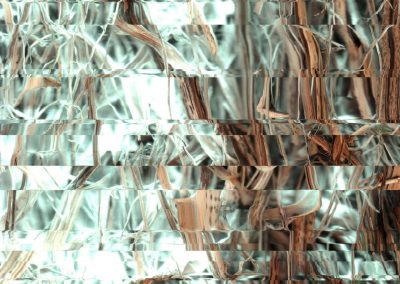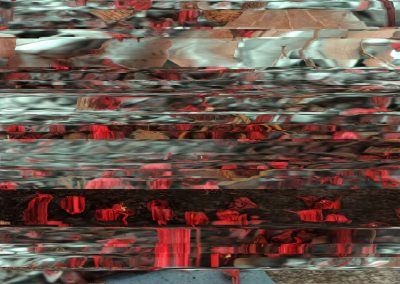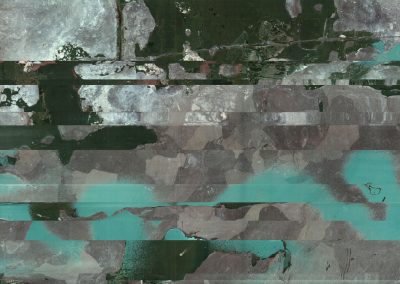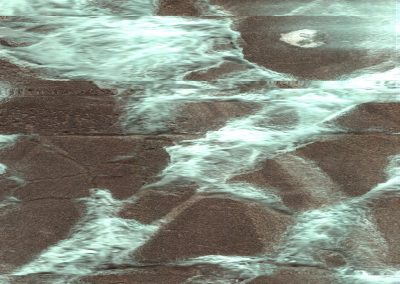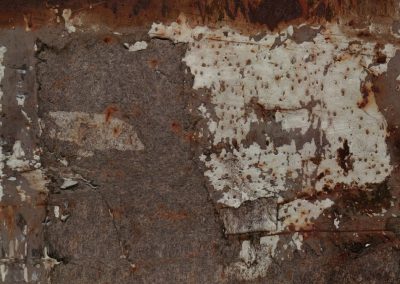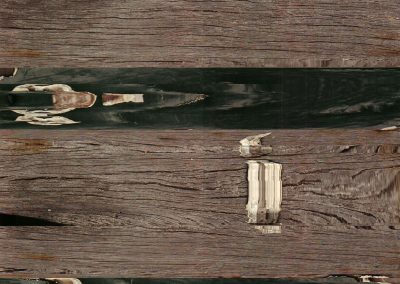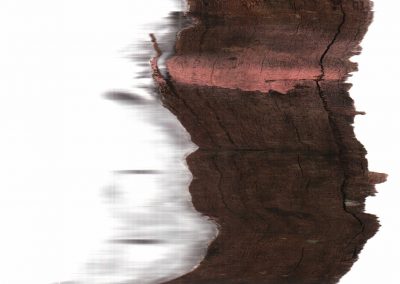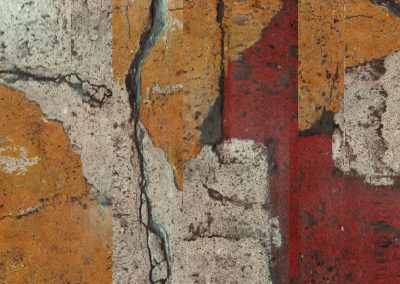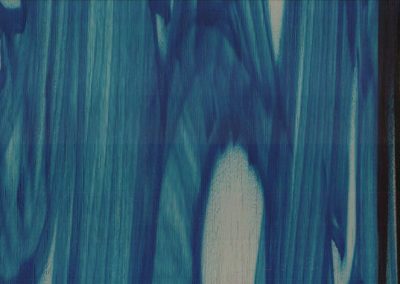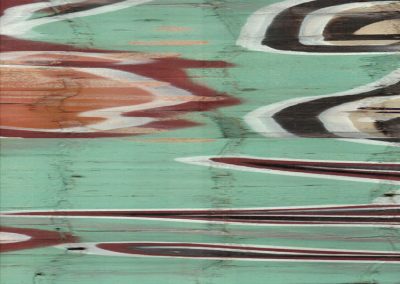Digital Frottage – LANDscans

'MUM' digital frottage, this is a raw
and real scan of my mother just weeks
before she passed away, it is a
finalist in the Brisbane Portrait
Prize 2024
Digital Frottage and LANDscanning: Capturing the Unseen
This work offers a unique perspective on the environment, employing a method that transcends traditional photography. Through a process called digital frottage, I use a handheld scanner as a tactile tool to capture the rich textures and intricate details of the world around us. This cameraless technique, which I refer to as LANDscanning, involves moving the scanner over diverse surfaces, recording not just the visual aspects but also the nuances of touch, movement, and engagement—what I affectionately term “digital dirt.” These scanned images become textured memories, preserving the essence of landscapes and our interactions with them.
Each image is the result of both deliberate choices and serendipitous moments during the scanning process. By carefully selecting visual segments of a place, I sample its environment, capturing layered records that reveal the history of human and natural interaction. These unedited images offer raw, intimate encounters with microenvironments brimming with life, color, texture, and mood. They provide a genuine, semiotic reading of place, emphasizing ecological conservation and regeneration.
The scanner becomes an extension of my own touch, phenomenologically capturing the richness of these engagements and the serendipitous layers that bring the unseen into view. This process floods the images with unexpected beauty, making the nuances of movement and light palpable. The resulting portraits are untouched and raw, presenting the presence, mood, and truth of the landscape in a way that transcends conventional photography. Each image invites viewers to explore the profound beauty found within the unconventional and unanticipated, revealing the colors, shapes, and textures of the landscape as ghostly apparitions of life and death.
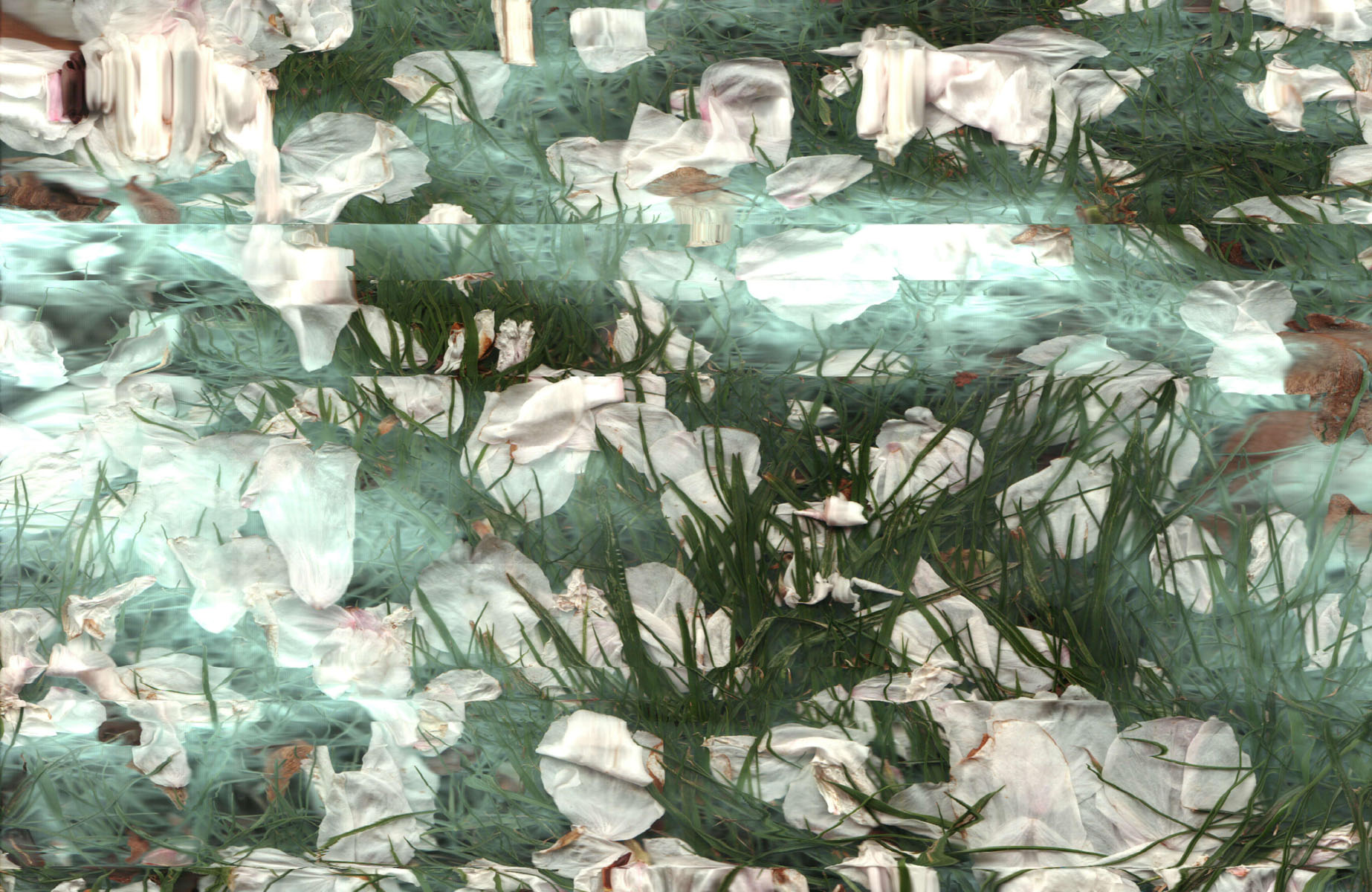
'FALLEN' LANDscan of petals fallen on the grass, selected for the Sunshine Coast Local Contemporary Prize and second prize winner.
LANDscanning: Capturing the Invisible Traces of Walking
Walking is both a personal and public performance, an act that leaves behind minimal physical traces yet imprints profound memories. Traditional photographs or drawings fail to capture the ephemeral essence of these moments; an object can never fully compete with the lived experience. This is where the process of LANDscanning comes into play.
LANDscanning is a unique method that collects and preserves the experience of walking. Walking, in this context, is not just a means of movement but a form of agency—a catalyst that drives the use of the scanner to capture the subtle elements of the environment. Walking is central to my practice, serving as a core engagement and interaction with the world around me.
Through walking, I engage with my surroundings in a deeply immersive way, allowing the scanner to become an extension of my body, recording the micro-residues of past interactions—the fallen leaves, dying flowers, scarred bark, and even the subtle marks left behind by passersby. Though one might believe they leave nothing behind, LANDscanning captures these seemingly invisible engagements, creating a visually true semiotic reading of place.
Using a handheld scanner, which has become an extension of myself, I capture these interactions. This instrument, much like a hand reaching out to touch and explore a new environment, records the rich textures of the world around me. When I scan the surfaces of trees, my scanner seamlessly documents this engagement, even capturing my staggered movements and what I call “digital dirt.” These are the textural memories of my connection with place.
The images created through LANDscanning are influenced by both intentional and unintentional factors, reflecting the specific moment of capture. They are discreet segments of place, samples of the surrounding environment that reveal layered records of occupation, motion, and time.
Every interaction leaves its mark, and through LANDscanning, I ensure that even the overlooked traces of these moments are preserved and celebrated. Walking is not just a journey through space; it is an act of engagement with the world, a process that enriches my practice and deepens my connection to the landscapes I traverse.
Artist Statement: LANDscan Video for the Canberra Biennial
The LANDscan video’s above I have been producing for the Canberra Biennial are vingettes of an immersive exploration of the dynamic relationship between Canberra’s man-made structures and its natural landscapes. Through a fusion of animation, rotoscoping, digital frottage (LANDscans), and hand-drawn elements, I create a textured reading that captures the essence of this unique environment.
Each frame of the video is a layered tapestry that reflects my deep engagement with Canberra’s landscape. The rotoscoping technique allows me to trace and animate movements within the environment, while the LANDscans capture the tactile textures of the city’s surfaces, from the roughness of urban infrastructure to the delicate patterns found in nature. These scanned textures are then interwoven with hand-drawn elements, adding a personal and organic touch that speaks to the intimate connection I feel with the place.
The result is a visual narrative that reveals the complex interplay between the natural and the artificial, the seen and the unseen. My work invites viewers to reconsider the landscape of Canberra, not just as a physical space but as a living, breathing entity shaped by both human intervention and natural forces. The video serves as a semiotic reading of the city, uncovering layers of history, memory, and emotion embedded within its surfaces.
Through this project, I aim to provoke thought and dialogue about how we engage with our environments, encouraging a deeper appreciation of the often-overlooked textures and stories that define a place. The LANDscan video is a testament to the beauty found in the intersections of nature and culture, offering a new lens through which to experience Canberra’s evolving landscape.


